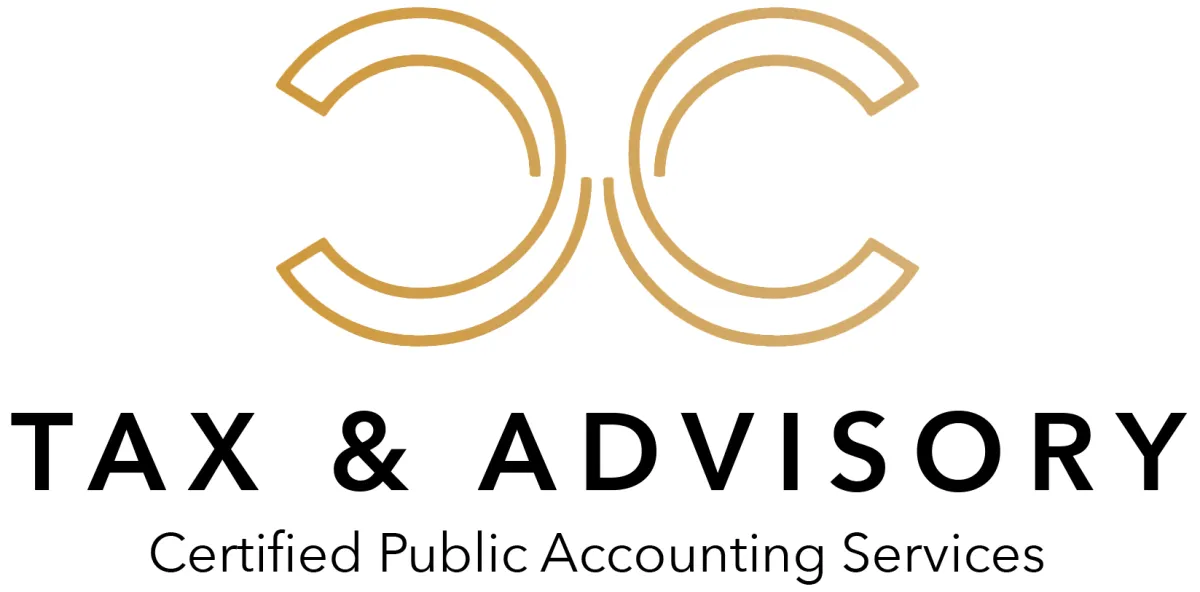

Blog
We strive to get to know you and your business. To understand your future goals and to provide a proactive approach to help you achieve those goals.
We strive to get to know you and your business. To understand your future goals and to provide a proactive approach to help you achieve those goals.

Tax Planning - Part One
News headline have exposed the sneaky (and not-so-sneaky) ways that the uber-wealthy minimize their taxes. A ProPublica article announced the release of “The Secret IRS Files: Trove of Never-Before-Seen Records Reveal How the Wealthiest Avoid Income Tax.” A CNBC article teased us with the invitation: “The wealthy may avoid $163 billion in taxes every year. Here's how they do it.” This might lead a taxpayer of more moderate means to assume that tax reduction techniques mainly apply to the wealthy. Is that truly the case?
Even taxpayers who cannot afford a team of high-priced financial advisors can find countless ways to minimize taxes that are legal and easy to implement. For a basic overview of tax planning tips, we are offering this two-part series: this article (Part One) covers strategies to reduce your adjusted gross income. Part Two will cover techniques for reducing taxable income and maximizing credits.
UNDERSTANDING INCOME LIMITS
Income limits are key to creating tax savings. This simply refers to the income-based eligibility requirements included in tax laws. These limits can define the tax bracket you fall into or determine the tax benefits you are eligible to receive.
When it comes to income limits, taxpayers with no savings or assets are treated similarly to taxpayers with significant savings and assets. For federal tax benefits, the geographical region you live in is also neutral, though perceptions of wealth may vary throughout the country—someone who is considered moderate or low income could live comfortably in many parts of the US but not likely in San Francisco or New York City. Since tax laws are created by Congress, income limits are applied countrywide.
However, income limits do vary based on the tax provision—one rule or benefit will not necessarily be subject to the same income limits as another one. Most provisions also have “phase-out” ranges where those with a higher income receive a partial benefit, and that amount slowly reduces the higher your income goes. The IRS also provides yearly updates to income limits based on inflation.
STRATEGIES TO REDUCE ADJUSTED GROSS INCOME (AGI)
A key strategy that taxpayers across various income levels can employ is to reduce both your adjusted gross income (AGI) and taxable income (TI). AGI often determines the income limit for tax credits and other benefits. This amount is calculated by taking your total income and subtracting any adjustments to income, also known as “above the line” deductions.
Some approaches to reducing AGI need to happen during the tax year in question, while others can still be implemented after the tax year ends. Taxpayers who miss the window for AGI-related tax benefits may still be able to reduce their taxes by maximizing itemized (Schedule A) deductions.
Here is our quick summary of options for reducing AGI:
Retirement Savings: This can include individual retirement arrangements (IRAs), employer-provided retirement plans, or self-employed retirement plans.
IRAs: Even if you do not have a retirement plan through your employer, you may be eligible to contribute to a traditional IRA or Roth IRA. Traditional IRA contributions can be deductible on your tax return, depending on your income and eligibility for employer coverage. Deductible contributions reduce AGI after the close of the tax year but before the due date for your tax return (not including extensions). Roth IRA contributions are not deductible.
Employer-provided plans: Participating in an employer 401(k), 403(b), or other salary reduction qualified retirement plan can reduce your AGI and TI. For 2023, the maximum contribution for these plans is $22,500 (or $30,000 for taxpayers age 50 and older). Since the amount you contribute is subtracted from your taxable wages, if your salary is $100,000 per year and you contribute the maximum, your TI will be $77,500.
Self-employed plans: Self-employed taxpayers can choose from an SEP (simplified employee pension), SEP-IRA, SIMPLE (Savings Incentive Match Plan for Employees), SIMPLE-IRA, or solo 401(k). The contribution limits for these plans are higher than the types listed above, and contributions are deductible as an adjustment to income—thus reducing AGI.
Educator Expenses. In previous years, K-12 teachers were allowed to deduct up to $250 for qualified education expenses (or $500 for married couples filing jointly if both spouses are teachers). In 2023, the maximum deduction increases to $300 (or $600 for two married educators).
Self-Employed Health Insurance Deduction. If you are self-employed and pay for your own health insurance, you can deduct your premiums as an adjustment to income.
Student Loan Interest Deduction. Taxpayers can deduct up to $2,500 of student loan interest paid during the year. Your lender should provide Form 1098-E showing the amount of interest you pay each year.
Health Savings Accounts (HSA). HSA contributions are eligible for an above-the-line deduction. To have an HSA, you must enroll in a high deductible health plan (HDHP).
EXAMPLES: REDUCING AGI
Example #1: Emma wanted to know how much tax she would save depending on how much she chose to contribute to her IRA. She was thrilled to find that with a traditional IRA contribution of at least $5,750 she was able to reduce her AGI, and therefore her taxes, and she became eligible for a $200 saver’s credit.
Example #2: Jerry and Ana found an amazing opportunity for limited-income subsidized housing in their community. Unfortunately, they discovered that their AGI was just above the limit for qualifying for this housing. However, they heard of several techniques to reduce their AGI after the tax year but before the due date for their tax return. For instance, the couple was eligible to make deductible traditional IRA contributions before the deadline and apply these to the prior year’s taxes. By doing so, they reduced their AGI and qualified for the housing opportunity.
SUMMARY
Taxpayers across many income levels can find methods to reduce their taxable income and therefore their overall tax bill. These strategies are easy to implement if you understand the basics and take the time to set up your tax plan in advance of tax filing season. For further guidance on identifying the best ways to reduce your tax liability, reach out to our office today!
Our Mission
To develop meaningful relationships with our clients. To not only be your CPA, but your trusted adviser and teammate in all your tax, financial and business decisions. As your family and business grow, we aim to provide you with peace of mind knowing that we are with you every step of the way.
Who We Help
Our clients range from individual taxpayers to small and medium-sized companies. We offer them effective solutions to existing or potential tax problems, assist them with the development of strategies for minimizing tax liabilities, and our tax compliance services include the preparation of federal and state tax returns for all types of entities. In addition, we also provide assistance to our clients with audits and representation before different taxing authorities. We work closely with our clients and not just on the preparation of their tax returns, we also strive to formulate and build on strategies to reduce taxes and preserve wealth.
Copyright 2023 - CC Tax & Advisory - All Rights Reserved
Privacy Policy
https://storage.googleapis.com/msgsndr/UfcbtlxakDyrvjIAbxt9/media/62750e05d4f0e5576ed58cfe.gif
https://storage.googleapis.com/msgsndr/UfcbtlxakDyrvjIAbxt9/media/62750e05d4f0e52effd58cfd.jpeg



